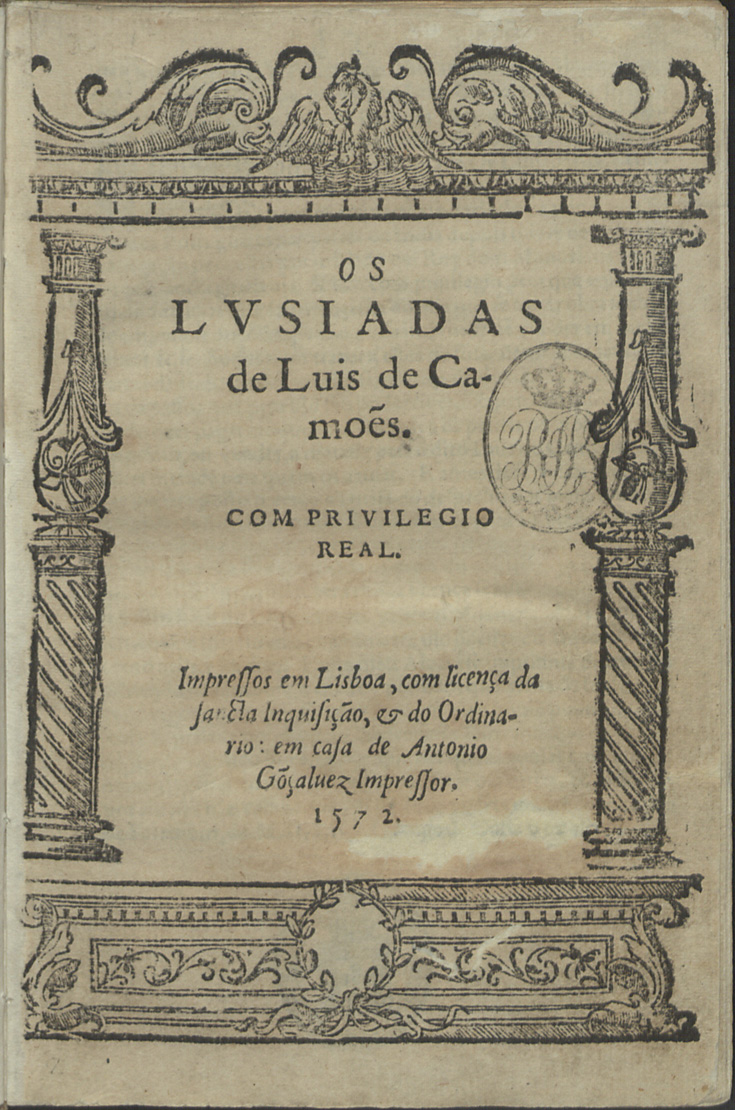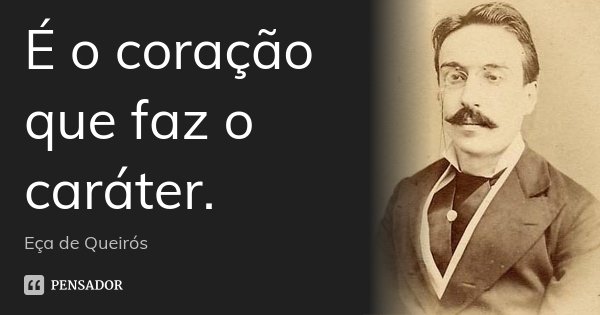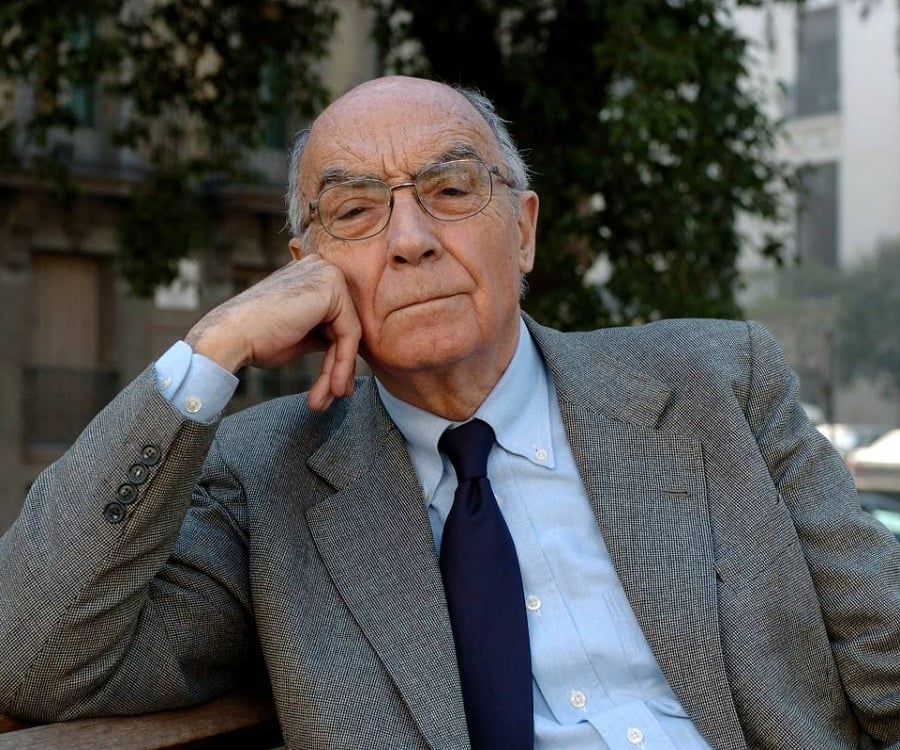Art in Portugal generally followed the art trends
of the rest of Europe. However, one of the key decorative arts is azulejos, or
glazed tiles. It was especially popular during the 16th and 17thcentury when homes, buildings, churches, and palaces used to finish their walls
and floors with this kind of tile.
Tombs dating to the 12th and 13th
centuries were decorated with a number of sculptures. And after the Portuguese
began to explore the newly formed colony of Brazil, it became a source of
inspiration for Baroque-style sculptures in Portugal as well, especially during
the 18th century.
The first art schools began teaching artists in
Portugal during the 15th century. Portuguese artists really started to
gain notoriety during the 17th -19th centuries as
painters during the Classical and Romance periods took off. These were
influenced by the art capitals of Italy and France. Flemish painters also
introduced their painting styles to Portuguese artists as well, creating a deep
legacy of religious artwork. Some artists of note during this time were Machado
de Castro (also famous for his sculptures), Nuno Gonçalves, Grão Vasco, Jorge
Afonso, and António Soares dos Reis.
A few prominent artists have graced the
international stage when it comes to representing Portugal. Carlos Botelho
(known for street scenes of Lisbon), Paula Rego (known for “storytelling” in
art), and Maria Helena Vieira da Silva (known for her abstract paintings) have
become well known in the 20th century.
The literature of Portugal is written in
Portuguese, which developed from Galician-Portuguese. Literary works trace back
to about the 1200s and was mostly poetry that ranged in a variety of topics
from love poetry to historical accounts. Much of these were influenced by
Italian poetry of the day. Literary styles from Italy and Spain continued to
influence Portuguese verse and prose on through the 16th
century. Drama was also introduced
into the mix during the 16th century, but it was mostly relegated as
a lower-class entertainment.
Like other literary movements in Europe, Portuguese
also went through roughly the same ones. Portuguese literature during the
Renaissance and the Baroque periods saw an increase in plays, lyric and epic
poetry, and prose, although the Baroque period probably had more of a focus on
prose. During the Neo-Classical period, historical, academic, and literary
criticisms began to be published along with the usual canon of works. Brazilian
literature also had its influence on Portuguese writing and was gaining
popularity during this time as well. The 1800s brought Romanticism and a change
of thinking. A sense of awe for nature, Eastern philosophy, and agnostic ideas
began trickling into poetry and prose.
Some famous names to watch for in Portuguese
literature include José Saramago (Nobel Prize winner, 1998), Luís Vaz de Camões
(author of epic poem “Os Lusíadas”—it was him who Elizabeth Barrett Browning
was referring to in her “Sonnets from the Portuguese”), Alexandre O’Neill
(poet, one of the founders of the Lisbon Surrealist Movement), Eça de Queirós
(novelist, founder of Portuguese Naturalism), Antero de Quental (poet,
sometimes thought to be the head of Modern Portuguese Poetry), and Fernando
Pessoa (poet, famous for his poem “Mensagem”).
Up next: music and dance






No comments:
Post a Comment